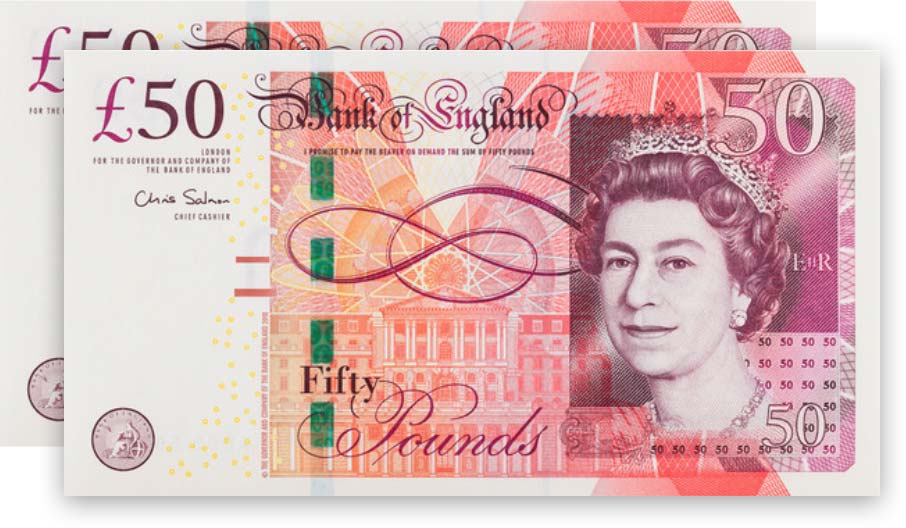I was on a panel discussion about barefoot running a while back. At one point, someone in the audience asked,
So how do I transition to barefoot running?
- NOTE — Even if you’re not a runner, this story is still relevant and important to you… okay, back to the story…
Before I could respond, a well-respected physical therapist suggested the following:
“First, switch to a slightly lower-heeled shoe than what you have. Run in that for a few months. Then switch to a racing flat, maybe one day a week for a while… then add an extra day every month, until you can run in those. Then maybe try something like Vibrams on a soft surface, like grass in a park. Work up to being able to run on the grass… then try a soft dirt path. Eventually, you may be able to run on hard surfaces, but don’t do that too often. And I don’t recommend being totally barefoot because you could step on something.”
The only reason I didn’t interrupt him was that I was in shock!
I had never heard anything so insane in my life. Until he tossed out his next bit of barefoot running advice:
“Expect to spend about 2 to 3 years making the transition. That’s how long I’ve been doing it and I’m still not there.”
That’s when my shock gave way to action, and I took off the politeness gloves.
“Hold on,” I said, “this is completely upside down and wrong!”
Danny Abshire from Newton jumped in as well, “Right, that’s backwards.”
I’ll tell you what Danny and I proposed, instead, in just a moment. But first, let’s back up to the question that started it all.
“How do you transition!?”
The idea built into the question itself seems to make sense. If you’re wearing a motion-controlled shoe with a 3″ heel and a $400 orthotic, it seems logical that you need to slowly wean yourself from all that support. It seems clear that you would need to get comfortable in a lower and lower heel until you’re ready for barefoot.
But as we’ve already seen in the previous days of this course, things are not always as they seem.
Here’s the bottom line:
There is nothing that “prepares” you for being barefoot.
Nothing.
Not “zero-drop” shoes (where your heel is at the same height as the ball of your foot). Not Vibrams. Not a thinner insole. Not even Xero Shoes (more about those in a second).
Anything that you put on your feet will change either your stride and biomechanics or the amount of sensation you’re feeling in your feet (or both) compared to being barefoot. So once you take off your shoes, or fully feel the ground, you’ll need to learn to move differently.
Here’s where some people stop reading what I’m saying and respond with two arguments (to points I’m not making).
First, they’ll say, “Oh, so you’re some sort of barefoot purist! Who are you to tell me what to wear or not wear?”
To be clear, I’m not telling anyone what to wear and I’m not saying barefoot is the only way to be. Admittedly, the majority of my time I am in Xero Shoes, but not always (more about when I’m not, and when you shouldn’t be in an upcoming lesson).
This article is about the myth of “transitioning”, not about your footwear, or lack thereof.
Secondly, people will say, “Yes, but switching to a racing flat or zero-drop shoe will give your Achilles time to stretch and strengthen, and that better prepares you for being barefoot.”
To them, I say, “Not always. And for almost everyone, your Achilles has more than enough stretch. And, even if it were true that you needed to stretch your Achilles, there’s a better way than spending 2-3 years to make that happen.”
Keep in mind that the biggest reason for going totally barefoot is that feeling the ground with your skin gives you the most feedback about your form. The feedback, if you attend to it, can inspire you to change your gait to something more efficient, easy, and natural. Running in Xero Shoes is, really, the same… if they covered everywhere you stepped in 4-6mm of flexible rubber.
All the other shoes I’ve tested reduce the amount of ground sensation you feel so that you don’t get the feedback you need to adjust your gait.
I’ve seen hundreds of people in VFFs or racing flats who still heel strike or have some other gait pattern where they aren’t getting much if any extra “Achilles strengthening and stretching”.
So, what’s the better way to “transition” that Danny and I chimed in with?
- Take off your shoes (or put on your Xero Shoes), find the hardest and smoothest surface you can find (like a bike path or street) and run.
- But only do it for about 200 yards.
- See how you feel the next day.
- You may be sore, you may be fine. If you’re sore, wait until you’re not. Then go try again, and add 100 or 200 yards. Repeat.
I think of this as the “Shampoo method” of barefoot running. Instead of “Lather, Rinse, Repeat,” it’s run a little, rest, repeat (and run a little more).
Keep in mind, there are two types of soreness. One is from using muscles you haven’t used in a while, using them in a way you haven’t used in a while (if ever), or using them a bit more than usual.
The other is from doing something wrong. Like doing way too much distance (which part of 200 yards was confusing to you?), or trying to stay on your toes without letting your heels ever touch the ground (Not necessary… land mid- or forefoot, but your heel can touch down. No need to do 200 yards of calf raises).
In other words, a little soreness is probably normal. A lot of soreness is telling you to try something different.
And this idea that you need to be on soft surfaces. Completely wrong. And wrong for the same reason that you don’t want to be in cushy running shoes.
Give yourself a soft surface and the odds are good you’ll heel-strike. Plus, soft surfaces don’t give you the feedback you want, the kind that can help you quickly learn a new and better way to run. I’ve seen barefoot runners who’ve only run on grass, and they usually look like shod runners who lost their shoes.
Instead of thinking that you can work your way to barefoot or huaraches slowly, go there immediately. But work your way up in time/distance slowly.
With all the strengthening that you want to do before you run barefoot, you’ll get faster by running barefoot.
All the stretching you need (if, in fact, you need any), you’ll get that by building up your distance, slowly.
To misquote Yoda’s famous “There is no try. Only do.” There is no transition, only run (or walk, as the case may be).
Oh, and in the next lesson, I’ll share some of the most important tips about exactly HOW to run barefoot, including some suggestions that, frankly, I never wanted to share with anyone… shhhhh.
Let me know what you think. Put in your comments, below.
The content of this post does not constitute and is not intended to be a substitute for professional medical advice, diagnosis or treatment. Always seek the advice of a physician or other qualified health provider with any questions or concerns you may have about your health or a medical condition.


